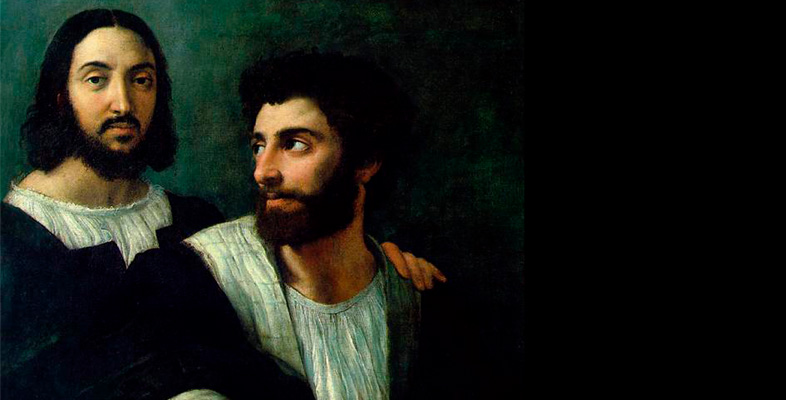1.3 Foucault, ‘What is an author?’
One key text within the structuralist literature on authorship introduced above is an essay by Michel Foucault (2009 [1969]) in which he poses the question, ‘what is an author?’ (for our purposes the ‘author’ can be understood as the ‘artist’). The article is required reading for many fields in the humanities and is one of the foundational texts of critical theory. In it Foucault challenges at the most fundamental level the idea that the author is the ‘source’ of his works and whose original ideas and intentions are given legible expression in them.
While we won’t have the opportunity to read this here, it is an important essay to consult if these issues interest you. The essay was written in response to a text written in 1967 by Roland Barthes which proclaimed the ‘Death of the author’. Along with ‘What is an author?’, Barthes’s essay has probably been the most influential account of authorship. Barthes insisted the author is a modern phenomenon. He wrote:
The image of literature to be found in ordinary culture is tyrannically centred on the author, his person, his life, his tastes, his passions, while criticism still consists for the most part in saying that Baudelaire’s work is the failure of Baudelaire the man, Van Gogh’s his madness, Tchaikovsky’s his vice. The explanation of a work is always sought in the man or woman who produced it, as if it were always in the end, through the more or less transparent allegory of the fiction, the voice of a single person, the author ‘confiding’ in us.
Barthes insists in a famous passage that the text is not the message of an Author-God, but ‘a multi-dimensional space in which a variety of writings, none of them original, blend and clash. The text is a tissue of quotations drawn from innumerable centres of culture’ (p. 146). These sources, he claims, come together in the mind of the reader and not that of an author beneath or behind the text: ‘the birth of the reader must be at the cost of the death of the Author’ (p. 148). Barthes is contesting the idea that an individual called an author can be the originating locus of a text or artwork. Rather, he suggests writers (or artists) rework existing forms and ideas. They are usually shaped by these pre-existing sources as much, or more, than they transform them.
